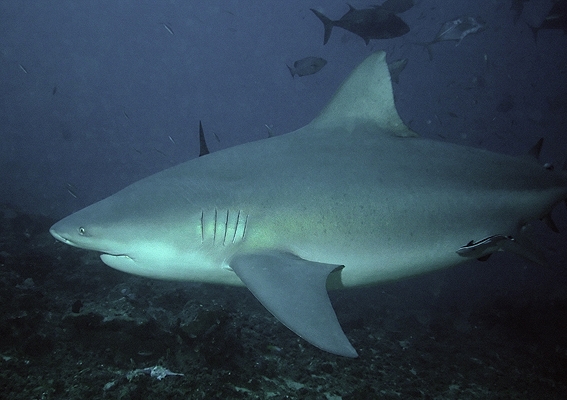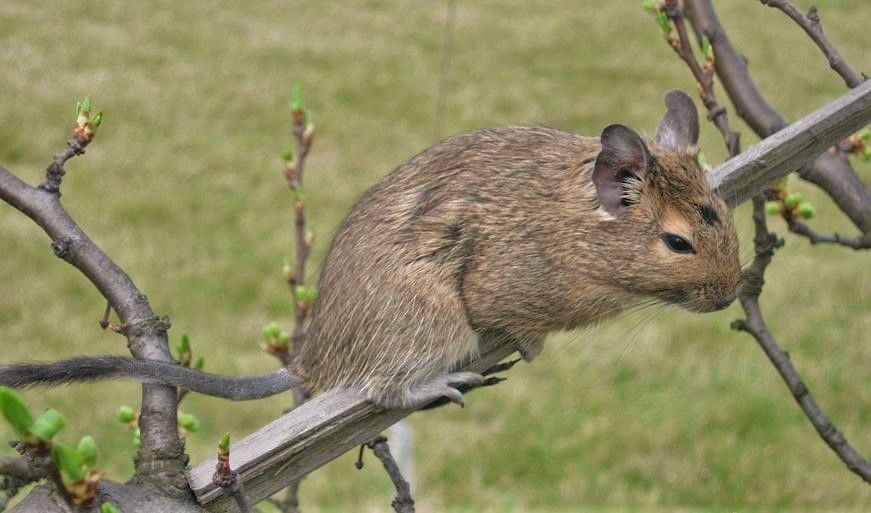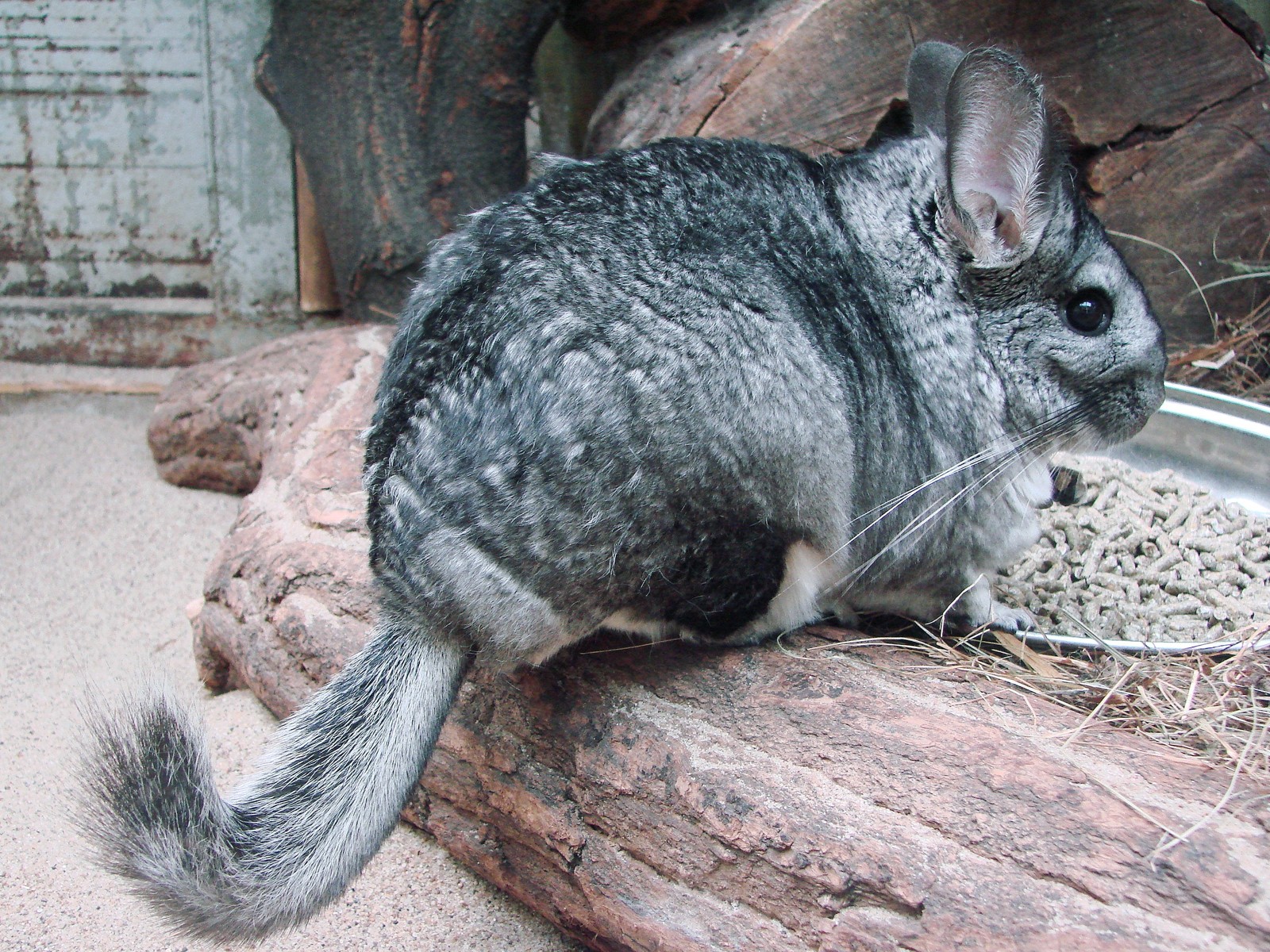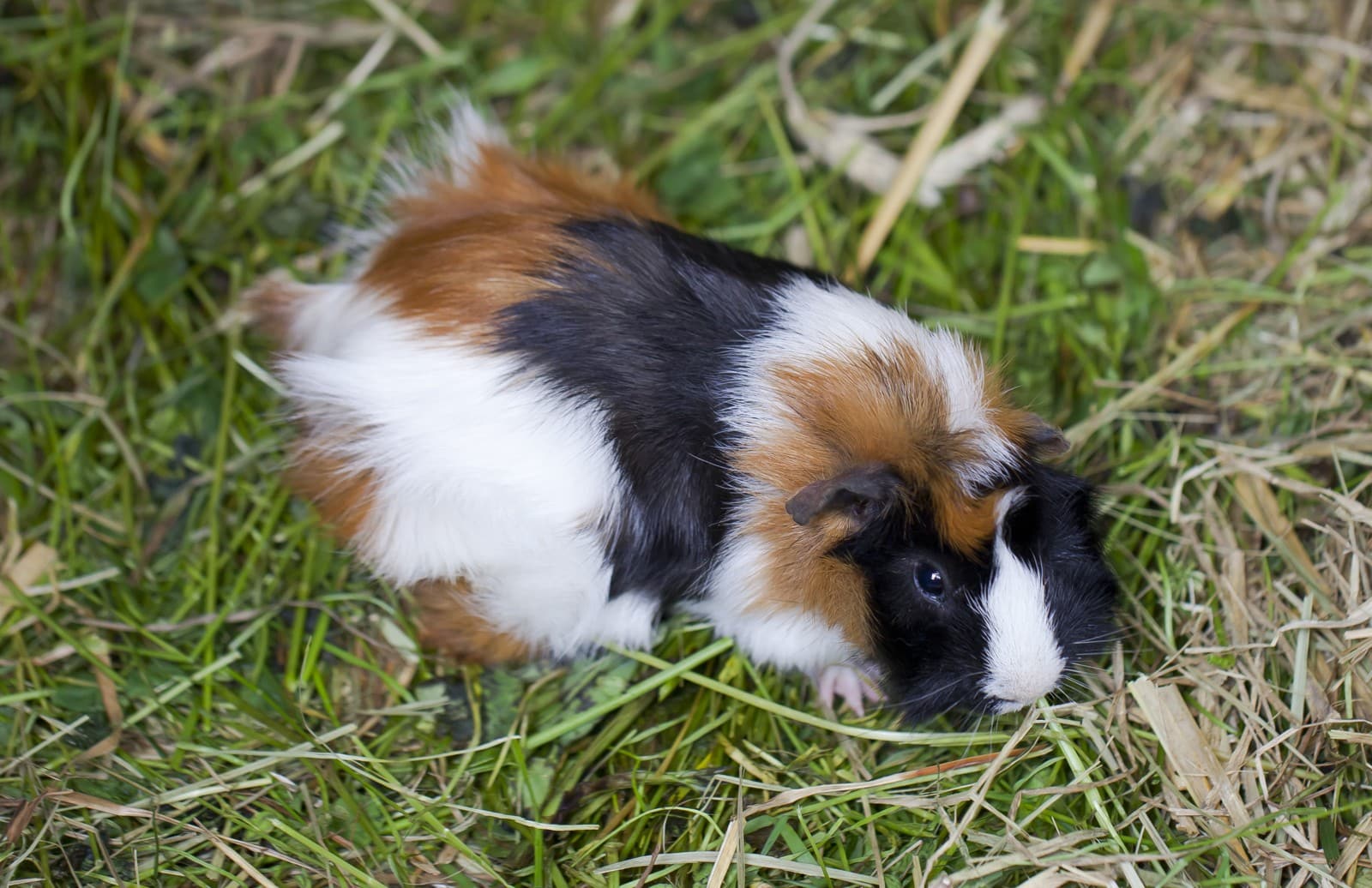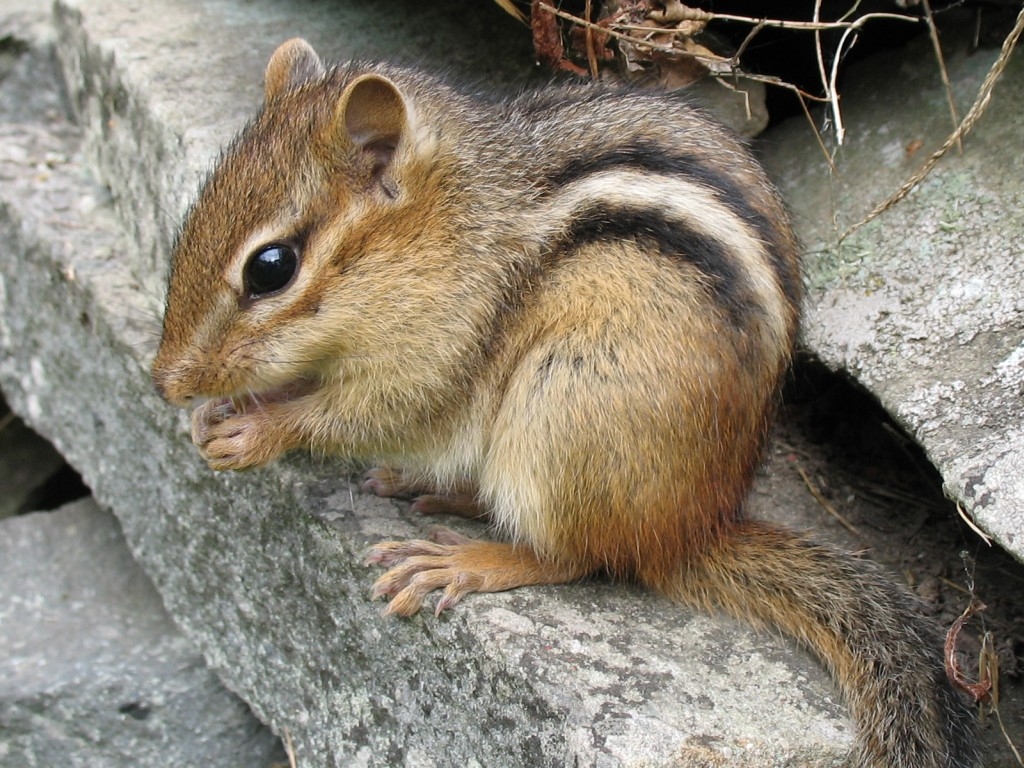Toucan vs Hornbill: A Complete Comparison
While toucans and hornbills both captivate observers with their extraordinarily large beaks, these remarkable birds represent two distinct families that evolved separately on different continents. Toucans, native to the Americas, typically weigh 130-680g (4.6-24oz), while hornbills, found across Africa and Asia, can reach an impressive 4kg (8.8lbs) in larger species.
The most striking difference between toucans and hornbills appears in their beak structure. Toucans possess a lightweight, serrated beak perfect for plucking fruits, while hornbills feature a distinctive casque (a horn-like projection) atop their beak that serves as a resonating chamber for vocalizations and possibly as a sign of maturity and health.
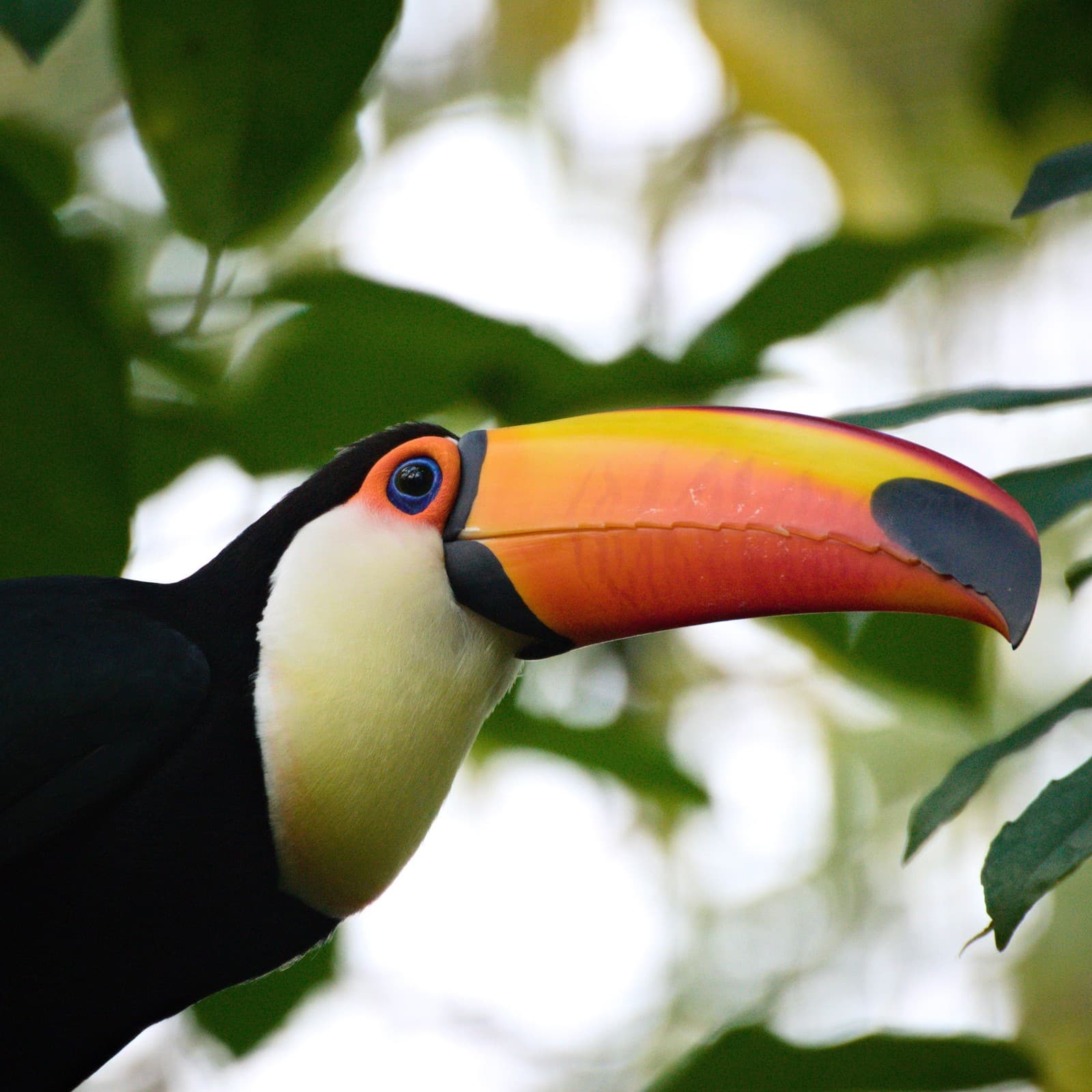
© Keenanhye / CC BY 4.0
The Toco Toucan, showcasing the family’s characteristic oversized beak, uses this remarkable tool for both feeding and thermoregulation in its tropical habitat. Despite its imposing size, the beak is surprisingly lightweight thanks to its honeycomb structure.

© Shantanu Kuveskar / CC BY-SA 4.0
The Great Hornbill exemplifies the unique features of its family, particularly the prominent casque above its beak. This hollow structure amplifies the bird’s calls and plays a crucial role in courtship displays.
Key Differences Between Toucans and Hornbills
| Feature | Toucan | Hornbill |
|---|---|---|
| Size | 30-63cm (12-25in) | 45-120cm (18-47in) |
| Weight | 130-680g (4.6-24oz) | 0.5-4kg (1.1-8.8lbs) |
| Beak Structure | Lightweight, serrated edges | Heavy, with prominent casque |
| Distribution | Central and South America | Africa and Asia |
| Nesting Behavior | Open tree cavities | Sealed nests with narrow openings |
| Diet | Primarily frugivorous | Omnivorous |
Habitat and Distribution
Toucans inhabit the tropical and subtropical regions of the Americas, from Southern Mexico to Northern Argentina. They thrive in lowland rainforests, preferring the canopy layer where fruit is abundant. In contrast, hornbills occupy a vast range across sub-Saharan Africa and South/Southeast Asia, adapting to various forest types from rainforests to savannas.
Unique Behaviors and Adaptations
Nesting Strategies
One of the most fascinating differences between toucans and hornbills lies in their nesting behavior. Hornbills practice an extraordinary ritual where the female seals herself inside a tree cavity, leaving only a narrow slit through which the male feeds her during incubation. Toucans, however, use simple tree cavities without modification, with both parents sharing incubation duties.
Feeding Habits
While both birds are primarily fruit-eaters, hornbills show more dietary flexibility. They regularly consume small animals, insects, and even carrion. Toucans, though occasionally taking insects or small lizards, rely much more heavily on fruits, using their serrated beaks to precisely pluck and manipulate their food.
Social Structure and Communication
Hornbills typically form monogamous pairs and maintain strong family bonds, with some species displaying cooperative breeding behavior. Their distinctive casques amplify their calls, which can be heard across long distances in their forest habitat. Toucans are more social, often forming small groups of 6-12 individuals and using a variety of vocalizations that sound remarkably like croaking frogs.
Conservation Status
Both bird families face similar threats from habitat loss and fragmentation. Several hornbill species, particularly in Southeast Asia, are classified as endangered due to deforestation and hunting. While most toucan species maintain stable populations, some, like the Saffron Toucanet, face increasing pressure from habitat destruction and the illegal pet trade.
Who Would Win in a Direct Confrontation?
While such encounters would never occur naturally due to geographic separation, a size comparison suggests hornbills would have the advantage in any theoretical confrontation. The Great Hornbill, weighing up to 4kg (8.8lbs), significantly outweighs even the largest toucan species. Additionally, hornbills possess stronger beaks adapted for crushing harder foods and occasionally defending territory.
This comparison of toucans and hornbills reveals how evolution has produced remarkably similar solutions to fruit-eating in forests on different continents, while maintaining distinct characteristics that make each family unique and fascinating in its own right.


